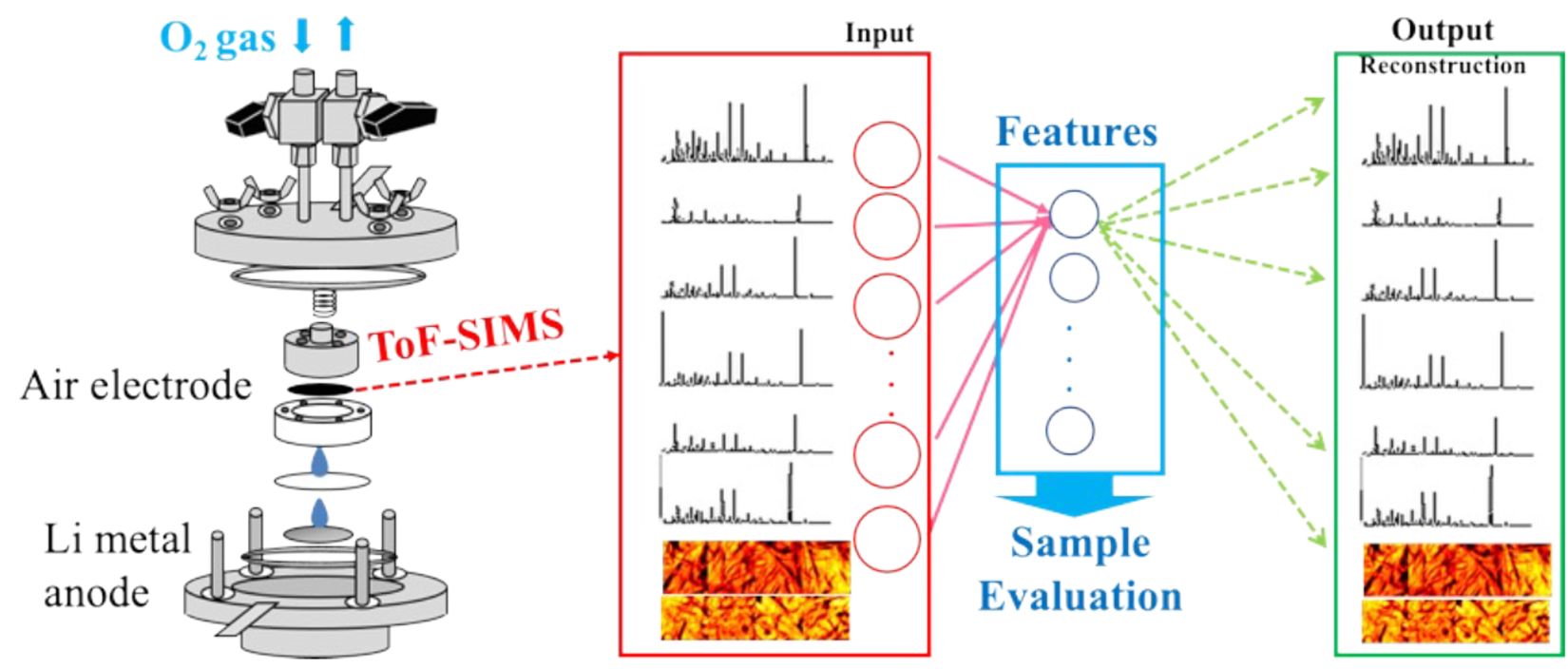21 巻, 1 号
選択された号の論文の11件中1~11を表示しています
- |<
- <
- 1
- >
- >|
Regular Papers
-
原稿種別: Regular Paper
専門分野: Nano-Materials
2023 年21 巻1 号 p. 1-8
発行日: 2022/10/27
公開日: 2023/01/28
[早期公開] 公開日: 2022/10/27PDF形式でダウンロード (3393K) -
原稿種別: Regular Paper
専門分野: Environmental and Energy Technology
2023 年21 巻1 号 p. 9-16
発行日: 2022/10/27
公開日: 2023/01/28
[早期公開] 公開日: 2022/10/27PDF形式でダウンロード (1436K) -
原稿種別: Regular Paper
専門分野: Vacuum
2023 年21 巻1 号 p. 17-23
発行日: 2022/10/27
公開日: 2023/01/28
[早期公開] 公開日: 2022/10/27PDF形式でダウンロード (1608K) -
原稿種別: Regular Paper
専門分野: Nano-Materials
2023 年21 巻1 号 p. 24-29
発行日: 2022/10/29
公開日: 2023/01/28
[早期公開] 公開日: 2022/10/29PDF形式でダウンロード (1939K) -
原稿種別: Regular Paper
専門分野: Micro- and Nano-Fabrication
2023 年21 巻1 号 p. 30-39
発行日: 2022/11/05
公開日: 2023/01/28
[早期公開] 公開日: 2022/11/05PDF形式でダウンロード (3473K) -
原稿種別: Regular Paper
専門分野: Nano-Science and -Technology
2023 年21 巻1 号 p. 40-45
発行日: 2022/12/01
公開日: 2023/01/28
[早期公開] 公開日: 2022/12/01PDF形式でダウンロード (1242K) -
原稿種別: Regular Paper
専門分野: Reaction and Dynamics
2023 年21 巻1 号 p. 46-54
発行日: 2022/12/03
公開日: 2023/01/28
[早期公開] 公開日: 2022/12/03PDF形式でダウンロード (2554K) -
原稿種別: Regular Paper
専門分野: Crystal Growth
2023 年21 巻1 号 p. 55-60
発行日: 2022/12/03
公開日: 2023/01/28
[早期公開] 公開日: 2022/12/03PDF形式でダウンロード (1852K) -
原稿種別: Regular Paper
専門分野: Nano-Materials
2023 年21 巻1 号 p. 61-71
発行日: 2022/12/03
公開日: 2023/01/28
[早期公開] 公開日: 2022/12/03PDF形式でダウンロード (5749K) -
原稿種別: Regular Paper
専門分野: Nano-Materials
2023 年21 巻1 号 p. 72-77
発行日: 2022/12/08
公開日: 2023/01/28
[早期公開] 公開日: 2022/12/08PDF形式でダウンロード (925K)
Conference—ISSS-9—
-
原稿種別: Proceeding Paper
専門分野: Interdisciplinary
2023 年21 巻1 号 p. 78-83
発行日: 2022/12/03
公開日: 2023/01/28
[早期公開] 公開日: 2022/12/03PDF形式でダウンロード (1077K)
- |<
- <
- 1
- >
- >|











